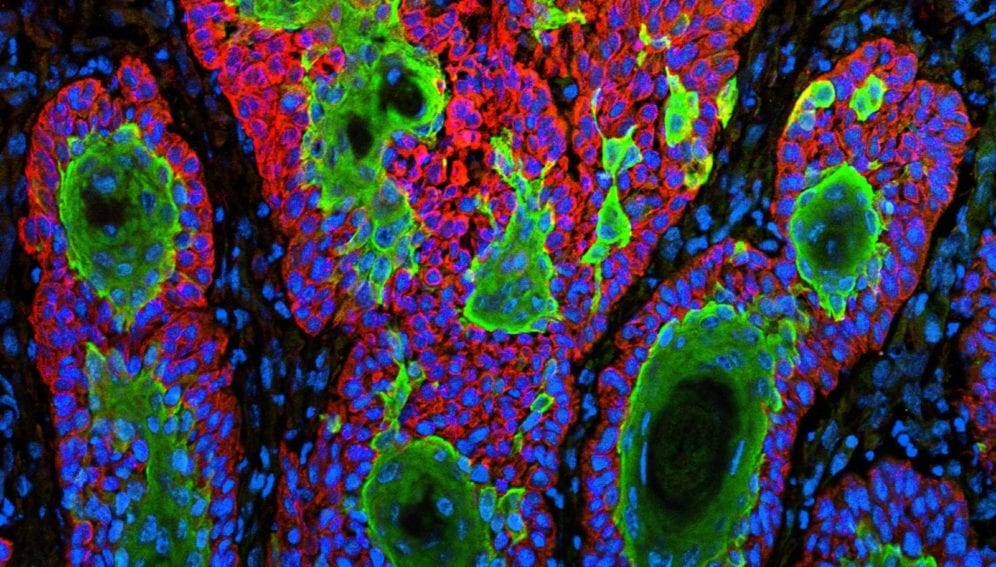By: S. Singh
Send to a friend
The details you provide on this page will not be used to send unsolicited email, and will not be sold to a 3rd party. See privacy policy.
[NEW DELHI] A team of mainly Indian-origin researchers has designed a 'reporter nanoparticle' that not only delivers anti-cancer drugs specifically to tumours but also monitors response to the drugs in real time.
“Real-time monitoring is facilitated by an imaging probe which gets activated in response to an enzyme called ‘caspase’ that is released by dying tumour cells,” says Ashish Kulkarni, lead author of a report on the technique published in PNAS in March.
“If the tumour is not responding to the anti-cancer drug, the imaging probe remains inactivated and the tumour does not light up,” Kulkarni, who is instructor at Harvard Medical School and associate bioengineer at the Brigham and Women’s Hospital, tells SciDev.Net.
Understanding if the drug is working or not in real time helps doctors to switch the patients to alternative drugs early on, explains Kulkarni. “Patients do not have to wait long to find out if the drug is working and do not have to suffer side-effects,” says Kulkarni.
“By using this technique we could directly visualise if the tumour is responding to the treatment or not as early as eight hours post treatment,” he says, adding that existing methods that measure the tumour volume or the metabolic state of the tumour are not sensitive enough to monitor outcome.The team claims that the self-reporting capability “for the first time to our knowledge, captures an anti-cancer nanoparticle in action in vivo”. Currently, the team is working on redesigning the technology with clinically translatable materials and radiotracers that could be used in humans.
Dubbing it “smart strategy,” Devasish Chowdhury, associate professor, physical sciences division, Institute of Advance Study in Science & Technology (IASST), Assam, stresses that the technology could reduce the cost of treatment.
“It will benefit common people,” says Chowdhury. “If doctors can know the response of chemotherapy it will reduce cost of treatment.”














